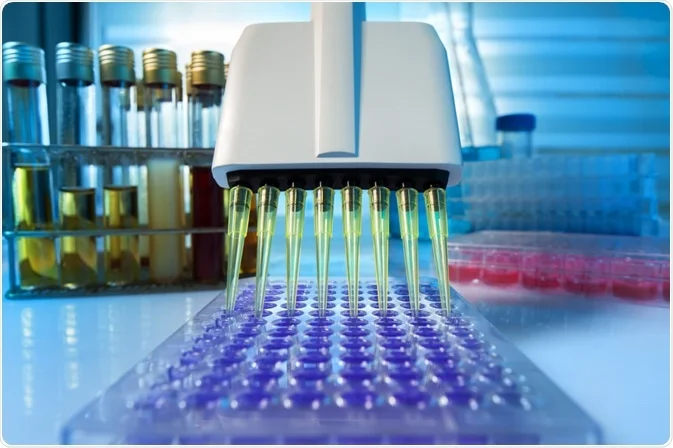In the realm of laboratory research, microplates have become indispensable tools for scientists across various fields. These small, flat plates, often made of plastic or glass, are a versatile platform for conducting a wide range of experiments and assays. In this article, we will explore the importance of microplates, their applications, and their impact on scientific research. Resources are available here.
Understanding Microplates
Microplates, also known as microtiter plates or microwell plates, are typically rectangular plates with multiple wells or depressions. These wells can vary in size and shape, with common formats such as 96-well, 384-well, or 1,536-well plates. Each well acts as a separate vessel for holding samples, reagents, or reactions.
Applications of Microplates
The versatility of microplates is a key reason for their widespread use in laboratories. Some of the common applications of microplates include:
-
High-Throughput Screening: Microplates are crucial in drug discovery, allowing researchers to test thousands of compounds simultaneously, speeding up the drug development process.
-
Enzyme-Linked Immunosorbent Assay (ELISA): Microplates serve as the foundation for ELISA, a widely used method in clinical diagnostics and research for detecting proteins or antibodies.
-
Cell Culture: Microplates are employed in cell-based assays, enabling researchers to grow, maintain, and study various cell lines.
-
Nucleic Acid Analysis: Microplates are used in DNA and RNA studies, facilitating applications like polymerase chain reaction (PCR) and sequencing.
-
Sample Storage: Microplates can be used for long-term storage of biological samples, making it easier to manage large sample collections.
The Impact on Scientific Research
Microplates have revolutionized scientific research by enhancing efficiency, reproducibility, and the ability to handle multiple samples at once. Some key advantages of using microplates include:
-
Increased Throughput: Researchers can process numerous samples concurrently, reducing the time required for experiments.
-
Standardization: The uniform design of microplates ensures consistent sample handling and measurements.
-
Minimized Sample Volume: Microplates allow for the use of small sample volumes, which is crucial in applications where resources are limited.
-
Automation Compatibility: Microplate handling robots and liquid handlers can automate the entire process, further improving efficiency.
-
Data Management: The well-organized layout of microplates simplifies data recording and analysis.
Conclusion
Microplates are unsung heroes in the world of scientific research. Their ability to handle multiple samples, adapt to various assays, and promote high-throughput screening has made them invaluable tools for researchers in diverse fields, from pharmaceuticals to genomics. The convenience and efficiency they offer have significantly advanced the pace of scientific discovery.
For more information on microplates and their applications, please explore the resources available here.


No comments yet